The Largest Image Of The Andromeda Galaxy Ever Created. (69536 X 22230 Pixels) Source; NASA/ESA Hubble


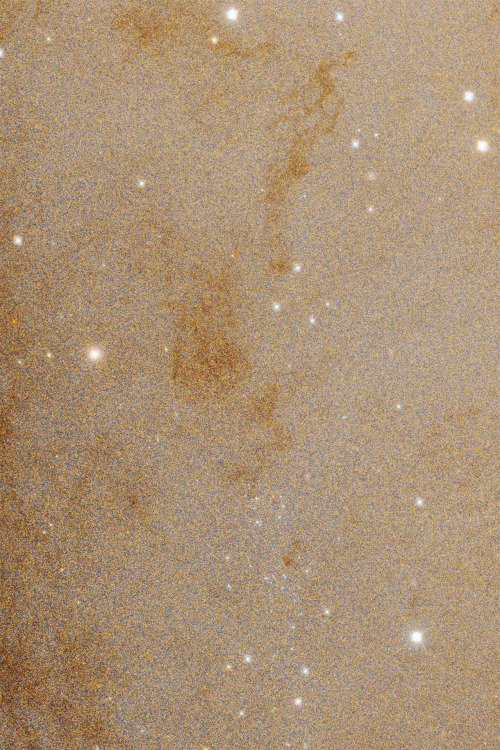
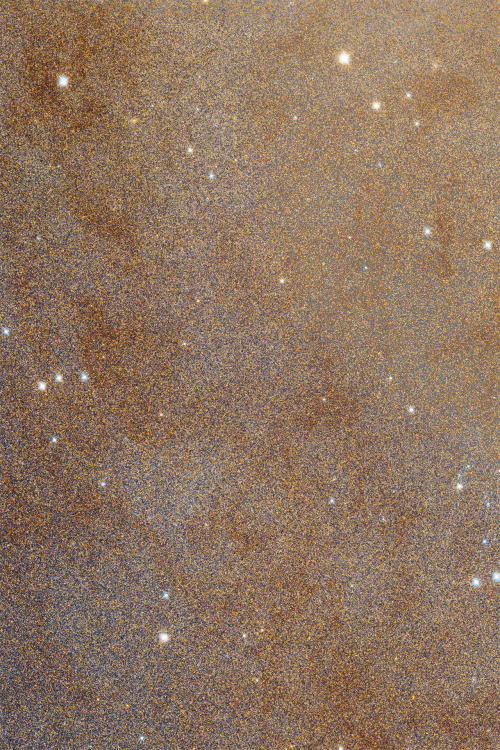
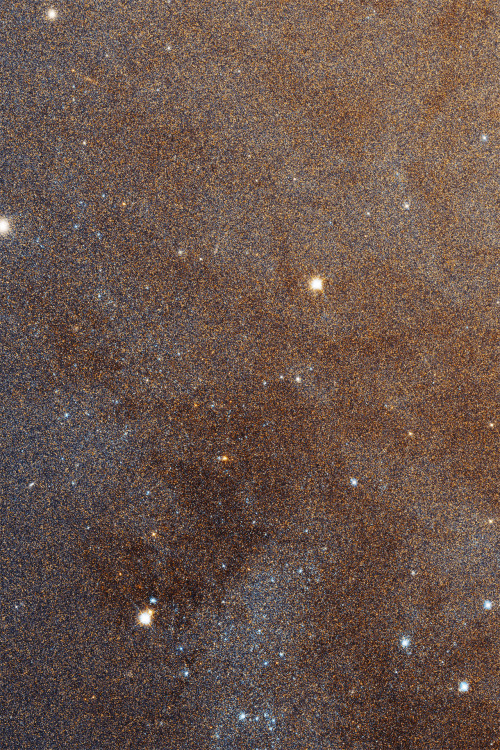
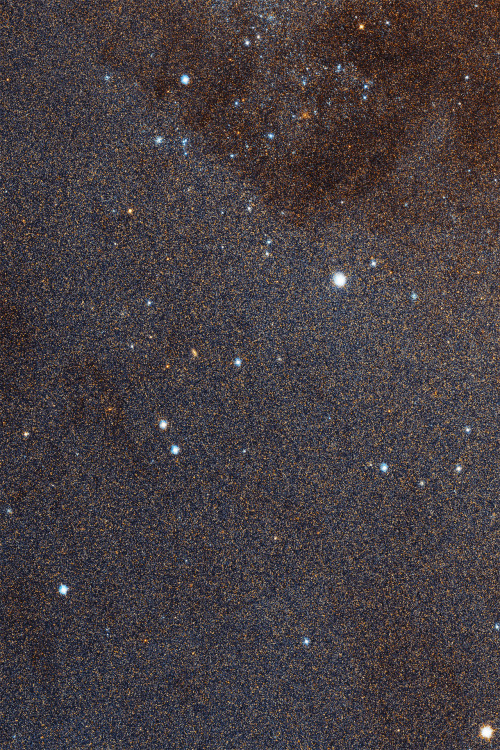
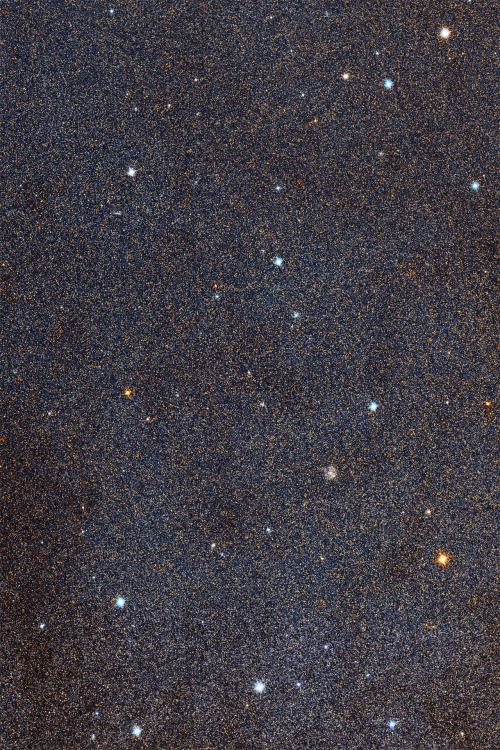
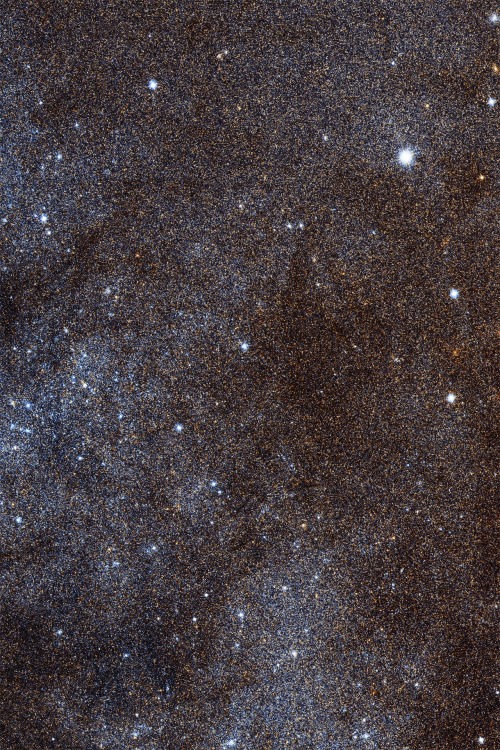
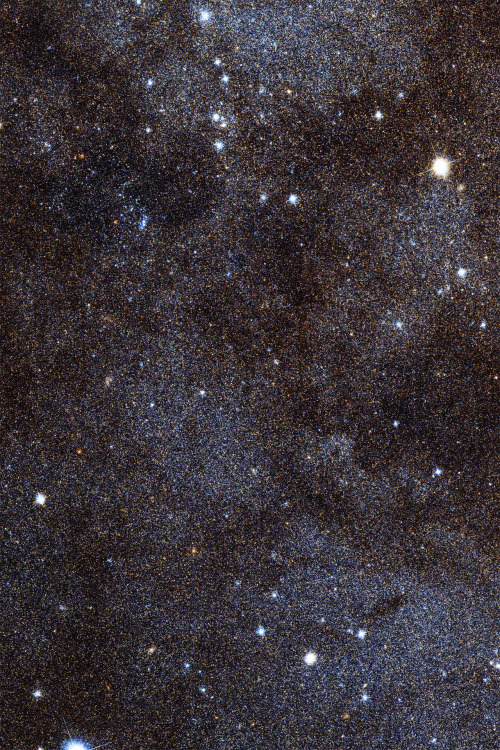
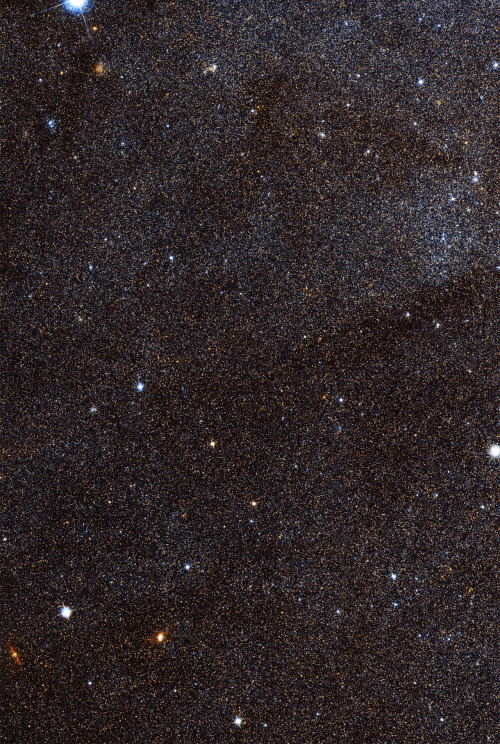
The largest image of the Andromeda Galaxy ever created. (69536 x 22230 pixels) Source; NASA/ESA Hubble Space Telescope
More Posts from Space-m17-blog and Others

Northern lights (by Teemu Lautamies)

Cosmic lighthouse known as the Egg Nebula, which lies around 3000 light-years from Earth. The image, taken with the NASA/ESA Hubble Space Telescope, has captured a brief but dramatic phase in the life of a Sun-like star.
js
Space Launch System

Our Space Launch System (SLS) is an advanced launch vehicle for exploration beyond Earth’s orbit into deep space. SLS, the world’s most powerful rocket, will launch astronauts in our Orion spacecraft on missions to an asteroid and eventually to Mars!

A launch system required to carry humans faster and farther than ever before will need a powerful engine, aka the RS-25 engine. This engine makes a modern race car or jet engine look like a wind-up toy. With the ability to produce 512,000 pounds of trust, the RS-25 engine will produce 10% more thrust than the Saturn V rockets that launched astronauts on journeys to the moon!

Another consideration for using these engines for future spaceflight was that 16 of them already existed from the shuttle program. Using a high-performance engine that already existed gave us a considerable boost in developing its next rocket for space exploration.
Once ready, four RS-25 engines will power the core stage of our SLS into deep space and Mars.
Hubble Space Telescope
You’ve probably heard of our Hubble Space Telescope, but have you had the chance to actually take a look at the amazing images it has captured for us over the years? Since Hubble launched in April 1990, it has made more than 1.2 million observations, some to locations more than 13.4 billion light years from Earth!
Hubble can see astronomical objects with an angular size of 0.05 arc seconds, which is like seeing a pair of fireflies in Tokyo from your home in Maryland…yea, that’s pretty far! This accuracy allows us to see images like this one of Little Gem Nebula, roughly 6,000 light-years away from us.

Images from Hubble are regularly released to the public, and are some of the most breathtaking views in the Universe. Images like this one of Lagoon Nebula, in the constellation of Sagittarius, not only make for amazing desktop screen-savers, but provide us with valuable scientific information about distant stars and galaxies, as well as the planets in our solar system.

We recently celebrated Hubble’s 25th Anniversary, and look forward to many more years of discovery and captivating images.

“Saturn’s Largest Ring” by, Cosmic Funnies
http://cosmicfunnies.tumblr.com/post/126663811188/the-second-week-of-assorted-planets-month-this
Sea Level Rise

For thousands of years, sea level has remained relatively stable. But now, Earth’s seas are rising. Since the beginning of the 20th century, they have risen about eight inches, and more than two inches in the last 20 years alone!

As water warms, it expands and takes up more space. That means that when oceans warm, the sea level rises. This summer, we’ve been researching exactly how global warming has impacted Greenland’s ice sheet. Our ICESat-2 mission will use a laser to measure the height of the planet’s surface. Over time, we will be able to provide a record of elevation change, and estimate how much water has melted into the ocean from land ice change.
So how much ice are we actually losing? Great question, but the answer might shock you. In Greenland alone, 303 gigatons of ice was lost in 2014!

Since we know that ice is melting, we’re working to gain a better understanding of how much and how fast. We’re using everything from planes, probes and boats, to satellites and lasers to determine the impact of global warming on the Earth’s ice.

Follow along for updates and information: http://climate.nasa.gov/
New video! Spiral galaxies in a nutshell!

Hubble Peers into the Heart of a Galactic Maelstrom
This NASA/ESA Hubble Space Telescope image shows Messier 96, a spiral galaxy just over 35 million light-years away in the constellation of Leo (The Lion). It is the nearest group containing both bright spirals and a bright elliptical galaxy (Messier 105).
September 04, 2015

Saturn, Tethys, Rings, and Shadows
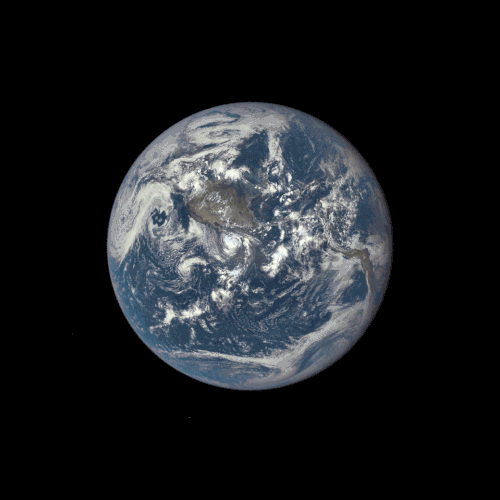
Welcome to the new, official NASA Tumblr. We’re going to be giving you a regular dose of space here. Follow along and join us as we share information, images and video about our mission of exploration and discovery. First up, check out the moon photobombing Earth in this new animated gif. The far side of the moon, illuminated by the sun, is seen as it crosses between our ‘EPIC’ camera on the Deep Space Climate Observatory (DSCOVR) satellite, and the Earth - one million miles away. Check it out: http://go.nasa.gov/1Dq0IO9
-
 styvly liked this · 3 months ago
styvly liked this · 3 months ago -
 kknmoo liked this · 3 months ago
kknmoo liked this · 3 months ago -
 rzck reblogged this · 4 months ago
rzck reblogged this · 4 months ago -
 thirteenblackrainbows liked this · 4 months ago
thirteenblackrainbows liked this · 4 months ago -
 v-for-vehicular-manslaugher liked this · 5 months ago
v-for-vehicular-manslaugher liked this · 5 months ago -
 william-shatspeare reblogged this · 6 months ago
william-shatspeare reblogged this · 6 months ago -
 fvfsfbs liked this · 6 months ago
fvfsfbs liked this · 6 months ago -
 annakix7z liked this · 6 months ago
annakix7z liked this · 6 months ago -
 houseonahilll liked this · 1 year ago
houseonahilll liked this · 1 year ago -
 faith3i3 reblogged this · 1 year ago
faith3i3 reblogged this · 1 year ago -
 nothinggoldenlastforeverr liked this · 1 year ago
nothinggoldenlastforeverr liked this · 1 year ago -
 stubtarogenva liked this · 1 year ago
stubtarogenva liked this · 1 year ago -
 lalalovely liked this · 1 year ago
lalalovely liked this · 1 year ago -
 niraldy liked this · 2 years ago
niraldy liked this · 2 years ago -
 sumsum199 reblogged this · 2 years ago
sumsum199 reblogged this · 2 years ago -
 sumsum199 liked this · 2 years ago
sumsum199 liked this · 2 years ago -
 yastm liked this · 2 years ago
yastm liked this · 2 years ago -
 refugeandstrength1 liked this · 2 years ago
refugeandstrength1 liked this · 2 years ago -
 733s reblogged this · 2 years ago
733s reblogged this · 2 years ago -
 chaoticpolicezombie liked this · 2 years ago
chaoticpolicezombie liked this · 2 years ago -
 yuhboi23 liked this · 2 years ago
yuhboi23 liked this · 2 years ago -
 le-toit reblogged this · 2 years ago
le-toit reblogged this · 2 years ago -
 kingsephi liked this · 2 years ago
kingsephi liked this · 2 years ago -
 vanillatumbleweedscoffee liked this · 2 years ago
vanillatumbleweedscoffee liked this · 2 years ago -
 jackonfir3 reblogged this · 2 years ago
jackonfir3 reblogged this · 2 years ago -
 softasabutton reblogged this · 3 years ago
softasabutton reblogged this · 3 years ago -
 theblackcat reblogged this · 3 years ago
theblackcat reblogged this · 3 years ago -
 drinkingurmacchiato reblogged this · 3 years ago
drinkingurmacchiato reblogged this · 3 years ago
I love space. I've been to space camp in Huntsville Alabama and I am planning on going every summer. I look forward to be an astronaut for nasa on the sls that is planned to be launched 2018. And the manned mission 2030. So yeah I won't let anything get in my way.
138 posts